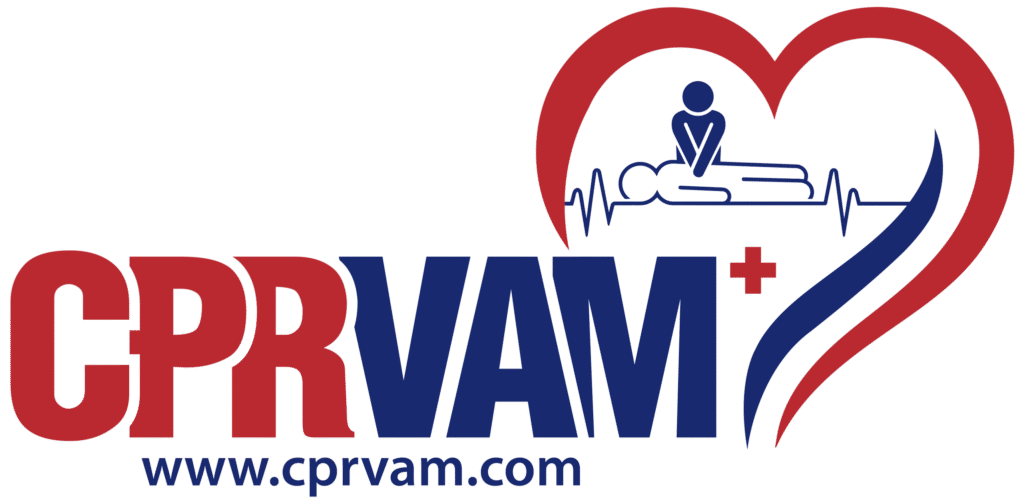Key Takeaways from the Post-Cardiac Arrest Algorithm
The Post-Cardiac Arrest Care Algorithm is an essential tool for healthcare providers such as paramedics, nurses, physicians, and emergency teams. It guides them through critical steps to stabilize the patient, protect brain function, and prevent further complications after Return of Spontaneous Circulation (ROSC). By following this structured approach, medical professionals can improve survival rates and support better long-term recovery. This algorithm is an important part of the ACLS course. If you want to learn more about adult post-cardiac arrest care, CPRVAM offers high-quality training based on the latest AHA guidelines you can trust.





